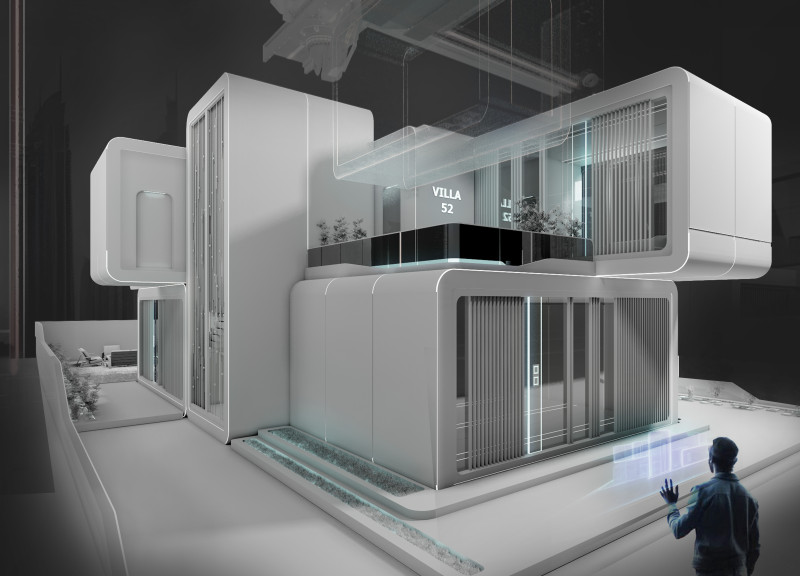5 key facts about this project
At first glance, the architectural design reveals a careful balance between modernist elements and contextual sensitivity. The exterior façade utilizes a palette of natural materials, primarily focusing on wood, glass, and concrete, which resonate with the surrounding landscape. The use of sustainably sourced timber is particularly notable; it not only enhances the project’s ecological credentials but also provides a warm and inviting appearance. Large expanses of glass create visual transparency, allowing natural light to flood the interior spaces while blurring the boundaries between indoor and outdoor environments. The careful consideration of sightlines and views ensures that the occupants maintain a strong connection with the outside world, further emphasizing the building's communal nature.
The layout of the project is organized thoughtfully, prioritizing user experience and functionality. Upon entering, visitors are greeted by an expansive lobby area that serves as a welcoming space. This area is thoughtfully designed with flexible seating arrangements, fostering informal interactions among visitors. The circulation plan is intuitive, guiding occupants through various zones of activity, including multi-purpose rooms, learning spaces, and social lounges.
The architectural designs showcase innovative strategies aimed at energy efficiency. The incorporation of green roofs supports biodiversity and aids in stormwater management, while strategically placed overhangs provide shade and reduce heat gain during warmer months. The building's orientation is executed with precision, maximizing passive solar heating and natural ventilation, which are crucial for minimizing reliance on mechanical systems.
Unique design approaches are evident throughout the project, particularly in the incorporation of local cultural elements into the architectural language. This is reflected in the use of patterns and motifs inspired by regional traditions, which are thoughtfully etched into various surfaces of the building. Additionally, interactive outdoor areas such as community gardens and play zones enhance the user experience, making the architecture not just a shelter but a participant in daily life.
As part of the project’s commitment to sustainability, a range of eco-friendly materials have been carefully selected. In addition to wood, glass, and concrete, materials like recycled metal and low-VOC finishes are utilized to minimize the environmental impact. The attention to detail in material selection speaks to the architects’ dedication to creating a building that is both beautiful and responsible.
The project exemplifies the integration of innovative architectural ideas with practical functionality. By focusing on user-centered design principles, it promotes community interaction while also considering the ecological footprints. The architecture stands as a testament to the power of design to enhance quality of life and foster community connections without compromising on environmental ideals.
This architectural endeavor invites the reader to delve deeper into its nuances. To gain further insights, exploring the architectural plans, sections, and specific design details will reveal the meticulous thought process behind each element. Engaging with the full presentation of this project will offer a richer understanding of how architecture can respond to human needs while promoting sustainability and social engagement.


























